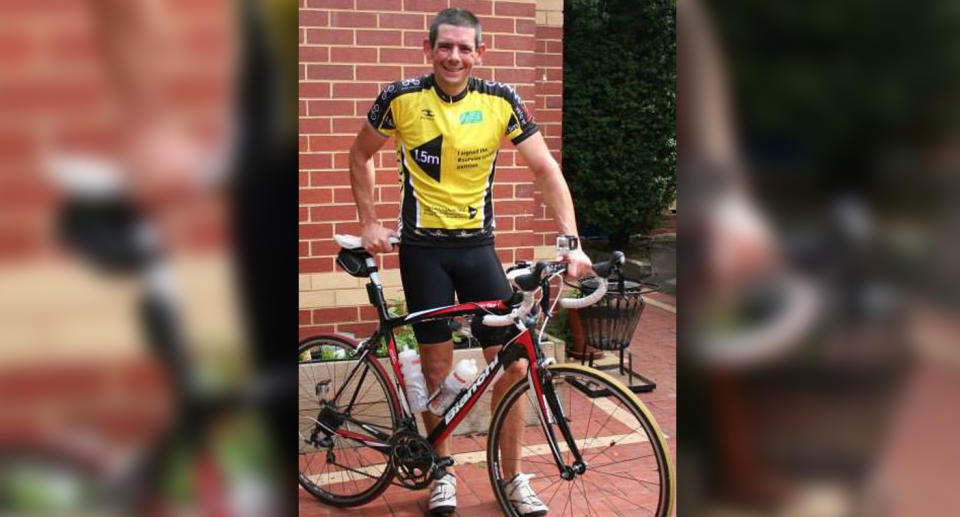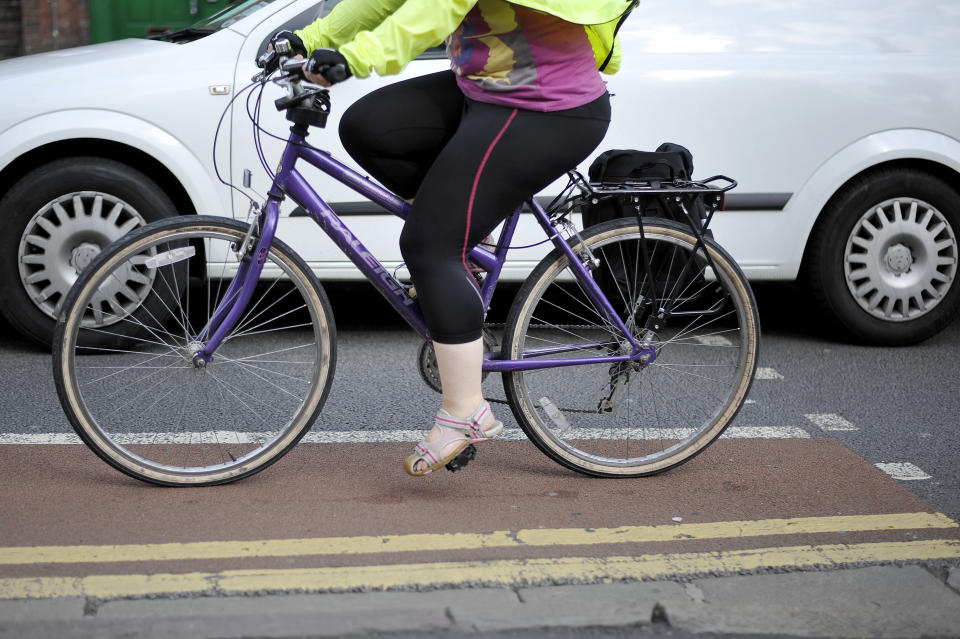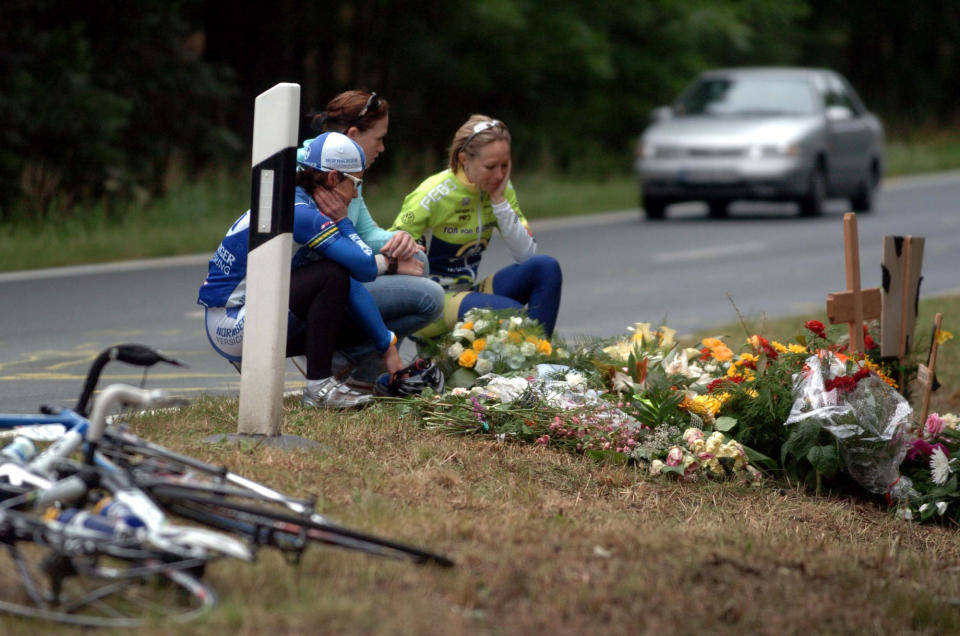Why following this road rule could save a cyclist's life
Cycling organisations around Australia are pleading with motorists to be aware of an important road rule that could help save lives on the road.
After the death of Queensland cyclist Cameron Frewer, who was hit by a car on November 5, road safety experts are keen to remind drivers of the “safe pass” rule, which means motorists must keep one metre’s distance when passing bike riders.
Frewer, a road safety activist who had been lobbying authorities for more than a year to impose stronger penalties on drivers who ignored the safe pass rule, was struck by a ute on the Sunshine Coast, but the driver who hit him has not been charged.

Cycling lobby groups have complained that the one metre rule is not being taken seriously enough – by motorists or authorities.
“We believe that more needs to be done to educate and train drivers about the one-metre rule,
Martin Wells from The Amy Gillett Foundation told Yahoo7.
“We need to help people understand the reasons why these laws are vital for safety, teach them safer driving skills and inform them about the penalties attached to breach of this road rule.
“ Australian drivers are not being given the tools they need to drive safely around cyclists, and that is why we are also seeking to ensure that cycling safety becomes a core component of driver licensing and training process across Australia.
“This isn’t just about cyclists, every road user will be safer with safe passing distance legislation and improved licensing processes.”

Observing the one-metre rule
In most cases the law states that a driver must leave a gap of at least one metre when passing a person or bicycle on the road.
Where speed limits are above 60 km/hr, the safe pass distance increases to 1.5 metres in many jurisdictions.
Motorists can cross double lines when observing the rule, provided it’s safe to do so.

The one-metre rule is applicable in New South Wales, South Australia, Western Australia, Queensland, the ACT and Tasmania.
The Northern Territory and Western Australia are conducting trials to determine whether the law should be passed next year.
Victoria has not passed the rule into law, citing the difficulty of enforcing it, but has a one-metre “guideline” for motorists.
To counteract any backlash against not passing the law, the Victorian government rolled out a road safety campaign focusing on cyclists.
Why the law was created
The push for a one-metre rule can be traced back to 2009, after the death of elite cyclist Amy Gillett, who was killed on a training ride in Germany in 2005.
After her death The Amy Gillett Foundation was created, with research conducted by the foundation showing that being hit from behind by a car was the most common reason for cyclist fatalities.
With the motto “Safer Together,” the foundation is campaigning for Victoria to pass the one-metre law, as well as raising general awareness about road safety.

“Consider the relentless annual campaigning for reducing driver speed and driving under the influence of alcohol and more recently drugs,” Mr Wells said.
“We need similar campaigns for a metre matters laws so ‘slow down, pass wide’ becomes reinforced, ingrained in driver knowledge and hopefully a practised on-road behaviour.”
What has to change?
“For this to change, simply put, we need to effect behaviour change on our roads,” Mr Wells said.
“We need to do this through a range of measures, including legislative change, education and training, and improved safe cycling infrastructure – so that all road users, and our road infrastructure, respects the vulnerability of cyclists.
“We also need to understand that language – particularly the way cyclists are referred to in the media – has an important role to play in changing behaviour.
“We need to create a culture of respect and mutual responsibility to avoid tragedies like Cameron’s death happening again.”

